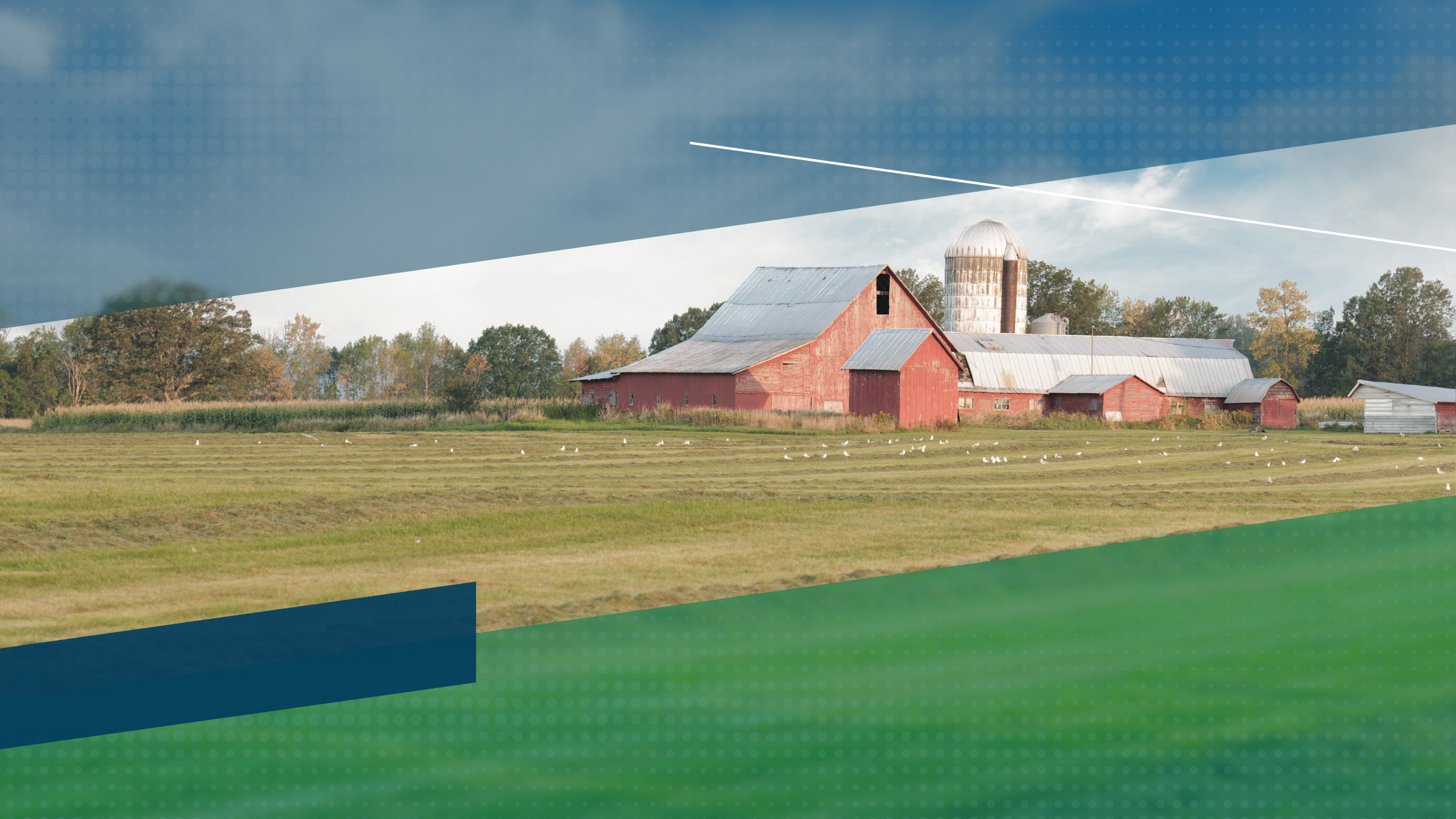Warm weather, an uptick in commodity prices and government payments have contributed to financial improvement for area ranchers and farmers, according to the Minneapolis Fed's first quarter survey of agricultural lenders. In addition to higher farm income, farm household and capital spending started to climb out of the deep hole that was created by last year's low agriculture prices. Also, agriculture producers are making larger-than-normal loan repayments, and the percentage of farm borrowers at their loan limit has decreased. The forecast for farm income has improved somewhat from the dismal outlook of the previous survey.
Farm income and spending
"Most customers are in good financial shape," said a Minnesota farm lender. Farm income and spending improved from the previous quarter. Over half the lenders responding to the survey report average or above-average farm income in the first quarter, compared with about a third of lenders in the fourth quarter 1999 survey. Farmers' income in the Dakotas improved the most. Primarily due to government payments, over half of North Dakota lenders expect average or above-average farm income, a 42 percentage point increase from the fourth quarter survey. In addition, two-thirds of South Dakota bankers note average or above-average farm income in the first quarter, a 26 percentage point increase from the fourth quarter results.
Capital spending continued to increase but is still below normal. Seventy percent of lenders indicate below-normal capital spending over the last three months, compared with almost 80 percent in the fourth quarter survey. Farm household spending also continued to increase: About three-fifths of the lenders note average or above-average levels in the first quarter, in relation to about half the lenders in the fourth quarter survey.
Farm loan volumes
Farm loan volumes increased slightly from the previous quarter. Operating loan volume, except for feeder loans, returned to normal levels as over three-quarters of lenders report normal demand, compared with 69 percent in the fourth quarter survey. On the other hand, higher livestock prices are leading to a rise in demand for feeder livestock loans: 19 percent of lenders indicate above-normal levels in the first quarter in relation to 11 percent last quarter.
Real estate loans were mixed as increases were noted in the above-normal and below-normal categories. Thirteen percent of respondents point to above-normal levels in the first quarter, a 5 percentage point increase from last quarter, while 45 percent of lenders report below-normal levels compared with 43 percent of respondents in the fourth quarter. Machinery loans continue to remain in the doldrums, with over half of bankers indicating below normal loan volumes in the first quarter, but this is an improvement of 18 percentage points from the fourth quarter survey.
Bank credit conditions and liquidity
The continued improvement in financial health means farmers can repay loans and reduce their use of loan extensions. Above-normal levels of loan repayments are reported by about a fourth of lenders, a significant improvement over the fourth quarter. About two-thirds of respondents say renewals and extensions have returned to average levels. Moreover, the number of farmers at their debt limit continued to decrease from about a third in the fourth quarter survey, to about one-quarter in the first quarter. Meanwhile, availability of funds is not a problem, as only 1 percent of banks are not lending due to shortage of funds.
Land values, collateral and interest rates
Land values to date have held up very well, according to a Minnesota lender. Cropland price increases ranged from an average of 4 percent in Minnesota to 10 percent in Montana. Moreover, pasture land price increases varied from an average of 3 percent in Minnesota to 16 percent in North Dakota.
The solid land prices have helped farmers' financial position as collateral requirements have returned to normal levels. About three-quarters of respondents require normal levels of collateral, up 6 percentage points from three months earlier. Meanwhile, interest rates for farm loans have increased about 25 basis points from the fourth quarter.
Outlook
"We are very concerned about the dry spell in our area," said a South Dakota lender. Another South Dakota lender said, "A mild winter has helped keep costs down for the [livestock] producer which should contribute to gains in the future." And a Montana banker commented, "Cattle and grain are offsetting each other." These comments reflect a financial situation that is somewhat improved from previous periods, when only negative signs were noted. But the outlook remains subdued in that 54 percent of the lenders expect below-normal income over the next three months, and 70 percent of lenders expect below-normal capital spending levels in the spring quarter. Yet, this is an improvement from the fourth quarter survey in which 71 percent of lenders anticipated below-normal farm income and 84 percent expected below-normal capital spending.
| Fixed Interest Rates* | ||||
|---|---|---|---|---|
| Feeder Livestock | Operating | Machinery | Real Estate | |
| 1st Q '99 | 9.4 |
9.5 |
9.3 |
8.6 |
| 2nd Q '99 | 9.4 |
9.4 |
9.3 |
8.7 |
| 3rd Q '99 | 9.4 |
9.5 |
9.3 |
8.7 |
| 4th Q '99 | 9.6 |
9.7 |
9.5 |
9.0 |
| 1st Q '00 | 9.8 |
9.9 |
9.8 |
9.0 |
| * Average of reported rates in mid-February 2000. | ||||
Facts about the survey
Each quarter, the Federal Reserve Bank of Minneapolis surveys agricultural bankers in the Ninth Federal Reserve District, which includes Montana, North Dakota, South Dakota, Minnesota, northwestern Wisconsin and the Upper Peninsula of Michigan. In February, 87 bankers responded regarding conditions during the first quarter.





